Improved airflow in rigid Neonatal Bronchoscopes:
In this project, two undergraduate students under the supervision of Dr. Park (Pediatric Otolaryngology/ENT at the University of Utah Hospital) and myself improved the design of traditional Bronchoscopes. The current design of rigid bronchoscopes is not optimal for air flow delivery to the patient’s This problem is made worse for patients with small airways such as neonates, because they require smaller bronchoscopes and hence it becomes very difficult to deliver the necessary oxygen while performing a bronchoscopy.

Figure 1. A) Illustrates the fluid particles though the original bronchoscope. The flow enters the bronchoscope through the left port and then it is supposed to move downwards through the main vertical port, which is the one introduced in the patients’ throat. The large recirculation shown on the right side of the bronchoscope illustrates the losses produced by the traditional design. B) Fluid particles illustrating the flow through the improved design. Bu introducing an internal lid, the flow is directly diverted downwards highly improving the airflow supply.
The goal of this study was to improve the current bronchoscope design (Storz design) for enhanced ventilation. To achieve this goal several new bronchoscopes were developed where the different port connections were either modified or eliminated. In a second stage the airflow through the new bronchoscope designs were tested with a commercial Computational Fluid Dynamic (CFD) code. Through an iterative process between the numerical modeling of the air flow through the bronchoscope and its corresponding design process a significant improvement of up to 70% increase in airflow supply was achieved. This is a very significant improvement that will facilitate medical interventions. Figure 1 clearly illustrates the improvement in air flow by simply eliminating an internal airflow passage that was inducing large losses in the old Storz bronchoscope design. In collaboration with the involved undergraduate students and Dr. Park we are currently working in a journal publication and the bronchoscope design is being filed for a patent.
This project, which began as an innocent undergraduate course endeavor, has shown me the potential impact that as an expert in fluid mechanics and turbulent flows my research group and myself could have in the medical field. While I never had the courage to become a medical doctor as a result of my apprehension to open bodies, I believe I could finally become of service through my expertise in fluid dynamics.
- Brewster B, Thornily K, Park A, Calaf M. A Study of Mass Airflow Optimization for Rigid Neonatal Bronchoscopes. University of Utah, 2015.

